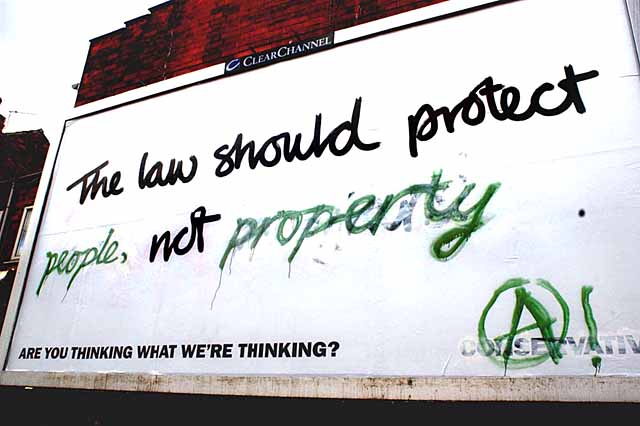Countercurrents | Systemic collapse, societal collapse, the coming dark age, the great transformation, the coming crash, the post-industrial age, the long emergency, socioeconomic collapse, the die-off, the tribulation, the coming anarchy, perhaps even resource wars (to the extent that this is not an oxymoron, since wars themselves require resources) ― there are many names, and they do not all correspond to exactly the same thing, but there is a widespread belief that something immense and ominous is happening. Unlike those of the Aquarian Age, the heralds of this new era often have impressive academic credentials: they include scientists, engineers, and historians. The serious beginnings of the concept can be found in Paul and Anne Ehrlich, Population, Resources, Environment (1970); Donella H. Meadows et al., The Limits to Growth (1972); and William R. Catton, Jr., Overshoot (1980). What all the overlapping theories have in common can be seen in the titles of those three books.
Oil depletion is the most critical aspect in the systemic collapse of modern civilization, but altogether this collapse has about 10 principal parts, each with a vaguely causal relationship to the next. Oil, metals, and electricity are a tightly-knit group, as we shall see, and no industrial civilization can have one without the others. As those 3 disappear, food and fresh water become scarce (fish and grain supplies per capita have been declining for years, water tables are falling everywhere, rivers are not reaching the sea). These 5 can largely be considered as resource depletion, and the converse of resource depletion is environmental destruction. Disruption of ecosystems in turn leads to epidemics. Matters of infrastructure then follow: transportation and communication. Social structure is next to fail: without roads and telephones, there can be no government, no education, no large-scale division of labor. After the above 10 aspects of systemic collapse, there is another layer, in some respects more psychological or sociological, that we might call “the 4 Cs.” The first 3 are crime (war and crime will be indistinguishable, as Robert D. Kaplan explains), cults, and craziness — the breakdown of traditional law, the tendency toward anti-intellectualism, the inability to distinguish mental health from mental illness. After that there is a more general one that is simple chaos, which results in the pervasive sense that “nothing works any more.”
Systemic collapse, in turn, has one overwhelming cause: world overpopulation. All of the flash-in-the-pan ideas that are presented as solutions to the modern dilemma — solar power, ethanol, hybrid cars, desalination, permaculture — have value only as desperate attempts to solve an underlying problem that has never been addressed in a more direct manner. American foreign aid, however, has always included only trivial amounts for family planning; the most powerful country in the world has done very little to solve the biggest problem in the world.




















